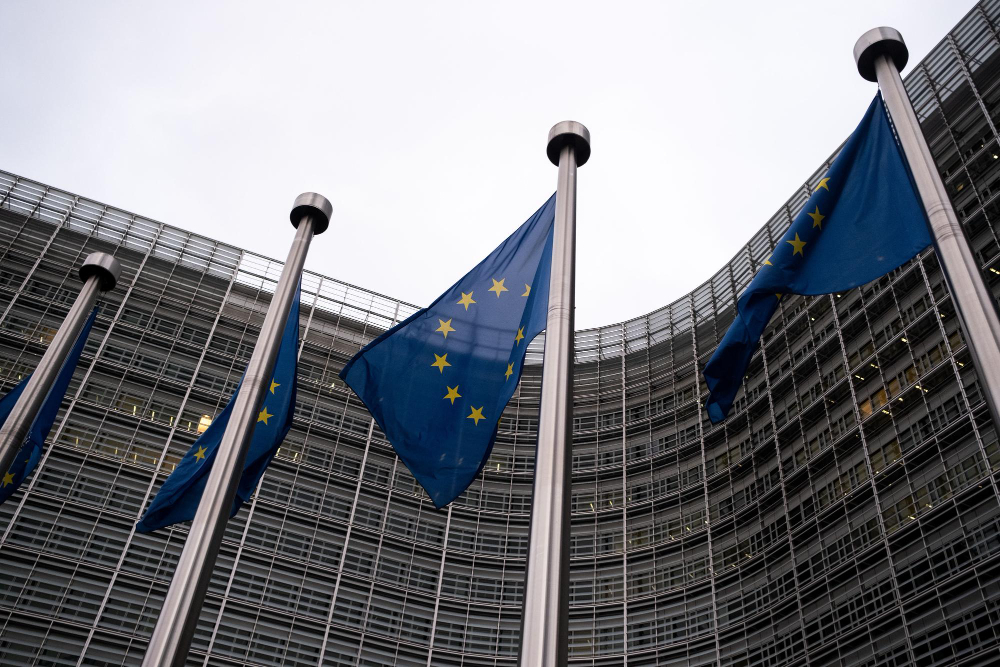What is VASP license Europe? What are the features of obtaining a license in Europe?

What Defines a Virtual Asset Service Provider (VASP) License in the European Regulatory Context, and Why Is It Critical for Businesses Operating with Virtual Assets?
A Virtual Asset Service Provider (VASP) license, as defined in the European regulatory context, pertains to entities engaged in activities involving the transfer, exchange, administration, or financial services related to virtual assets and fiat currencies. More precisely, according to the Financial Action Task Force (FATF), VASPs include those facilitating transactions, managing virtual assets, or providing financial services linked to virtual asset sales. In the European Union, the fifth anti-money laundering directive (5AMLD) has incorporated VASPs into union-wide legislations, such as Finland’s Act on Virtual Currency Providers. VASPs in Finland, which include virtual currency issuers, exchange service providers, and wallet providers, are supervised by the Financial Supervisory Authority (FIN-FSA). Obtaining a VASP registration from FIN-FSA is crucial for businesses operating with virtual assets, ensuring compliance with regulatory requirements and mitigating legal risks. Determining the need for a VASP registration involves aligning business activities with the VASP definition and understanding applicable exceptions, often requiring legal assistance for clarity and compliance.
How Does the European Framework for VASP Licensing Align with Global Standards Such as the Financial Action Task Force (FATF) Recommendations?
When it comes to licensing VASPs, Europe’s system is quite in line with FATF requirements worldwide. The need to regulate VASPs for anti-money laundering and combating the financing of terrorism (AML/CFT) purposes is emphasized in FATF recommendations, namely in Recommendation 15 and its Interpretive Note. This regulation should include licensing or registration requirements as well as adequate supervisory mechanisms. The fifth anti-money laundering directive (5AMLD) is an example of how the European framework includes FATF criteria. It makes sure that all VASPs in the EU follow the same rules. Further aiding in comprehension and adherence to AML/CFT duties is the FATF’s Guidance on a Risk-Based Approach to Virtual Assets and Virtual Asset Service Providers, which gives comprehensive instructions to national authorities and VASPs. By harmonizing their efforts, European authorities are demonstrating their commitment to fighting financial crime and protecting the security of virtual asset transactions, in keeping with FATF-supported international norms.
What Are the Key Features and Benefits of Obtaining A VASP License for Companies Operating in The Virtual Asset Space Within Europe?
Businesses in Europe’s virtual asset arena may take advantage of a number of important features after acquiring a VASP license in Europe. First, it makes it possible to operate legally in the digital asset market, which increases confidence among buyers and other stakeholders. By obtaining a VASP permit, companies may fulfill the requirements of the Markets in Crypto-Assets Regulation (MiCA) and grow their blockchain-related projects inside the EU. Europe also has a competitive tax structure, low tax rates, and a regulatory climate that is friendly to businesses, all of which help to keep costs down. Programs such as the E-Residency program make it easier to start up a remote company, which increases both accessibility and flexibility. Additionally, the area has a strong digital infrastructure, which makes activities run smoothly.
Can You Detail the Step-By-Step Process and Essential Requirements for Securing A VASP License in Europe, Including Any Specific Documentation Needed?
Obtaining this kind of permit in Europe is a well-planned procedure that requires certain basic prerequisites, but it differs for each jurisdiction. We’re going to use Estonia as an example since it’s a popular destination. The first step is to establish a legal entity in Estonia. This may be done in a few different ways, such as via e-residency or a power of attorney, and it usually takes no more than 5 business days to complete. After that, you’ll need to register a bank account in order to deposit the necessary share capital—anywhere from €100,000 to €250,000—and get documentation of payment that may be found in the Estonian Commercial Register. In addition to appointing a local director or a board member from Estonia, the company must also secure office space. There has to be preparedness and enforcement of AML/CFT paperwork, which includes internal rules and procedures. The next steps are to get the infrastructure ready, get professionals to help, and then sign contracts with the service providers you’ll need. Submitting the license application to the National Financial Intelligence Unit is the last step, and its progress is closely monitored. It usually takes around 120 days for the whole procedure to be reviewed.
What Are the Common Challenges and Pitfalls Encountered by Businesses During the VASP Licensing Application Process in Europe, and How Can These Be Overcome?
The need for substantial paperwork to be handed in, significant starting capital needs, and complicated regulatory requirements are just a few of the issues a company might face. It may also take a lot of time and energy to go through the application procedure, which has several phases and requires communication with regulatory bodies. Strong internal rules and processes are necessary to ensure compliance with anti-money laundering (AML) and counter-terrorist financing (CTF) measures, which is another problem. To conquer these obstacles, one must be well-prepared, with an in-depth knowledge of regulatory requirements, enough financial means, and meticulous records. Not every company can be like that with no outside help.
How Does Obtaining a VASP License in Europe Enhance a Company’s Credibility and Market Access Within the EU’s Single Market?
It greatly improves a company’s reputation and ability to join the single market inside the EU. In the first place, it shows that the firm is serious about following all the rules when it comes to anti-money laundering (AML) and counter-terrorist financing (CTF), which helps to gain the confidence of its stakeholders and consumers. The permit guarantees the company’s validity and dependability in the market by indicating that it has been subjected to rigorous examination by regulatory bodies. Additionally, the firm may lawfully operate across all EU member states with a VASP permit, which removes obstacles to entering the market and makes cross-border transactions easier.
Could You Provide Insights or Case Studies on How Companies Have Successfully Navigated the VASP Licensing Process in Europe and The Impact It Has Had on Their Operations?
Let’s use two examples. Kraken Exchange’s operations have been greatly improved by successfully navigating the licensing procedure in Ireland. With the Central Bank of Ireland’s stamp of approval, Kraken established itself as a legitimate and credible VASP in this nation and beyond. By making regulations more transparent, Kraken is able to reassure its stakeholders and consumers that it will adhere strictly to all regulations. In addition to strengthening its position in the digital asset market, Kraken’s license allows it to access a wider audience in Ireland. Acquiring the VASP permit in Europe was also a significant milestone for BELOBABA, demonstrating their dedication to regulatory compliance, security, and reliability. Benefiting from this license, BELOBABA is able to expand its services, build stronger partnerships with financial institutions, and increase its reputation and confidence among users.



